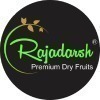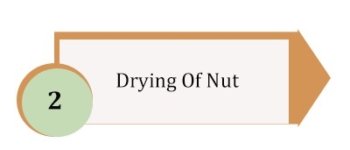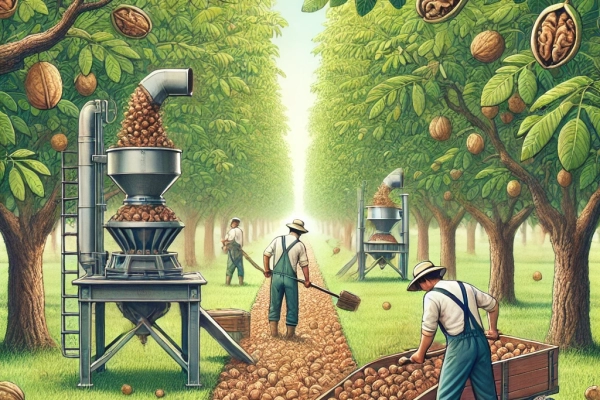Walnuts are not true nuts; they are actually seeds of a drupe fruit. Unlike other nuts that have a hard outer shell, walnuts have a thin, papery husk that surrounds the shell. This husk contains a compound called juglone, which can stain hands and clothing with a dark, brownish color.
Additionally, walnuts are one of the oldest tree food known to man, with their consumption dating back thousands of years. They are also highly nutritious, rich in omega-3 fatty acids, antioxidants, and various vitamins and minerals, making them a popular choice for inclusion in a healthy diet.
Drying of Nut
Walnut nuts undergo washing before being mechanically dried with air to achieve an optimal moisture content of 8%. This drying process helps preserve the quality and shelf life of the nuts by preventing mold and bacterial growth. Controlled air drying ensures uniform moisture levels throughout the batch, ensuring consistent quality in the final product.
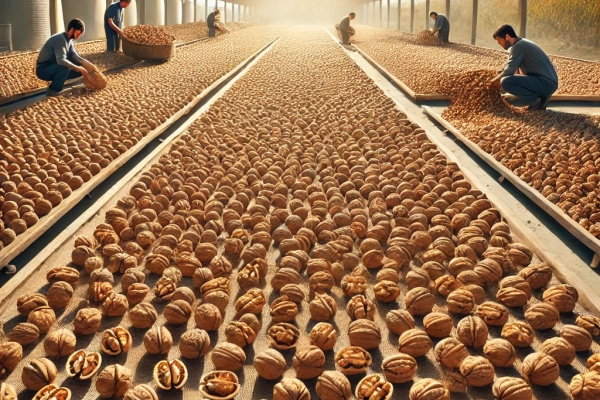
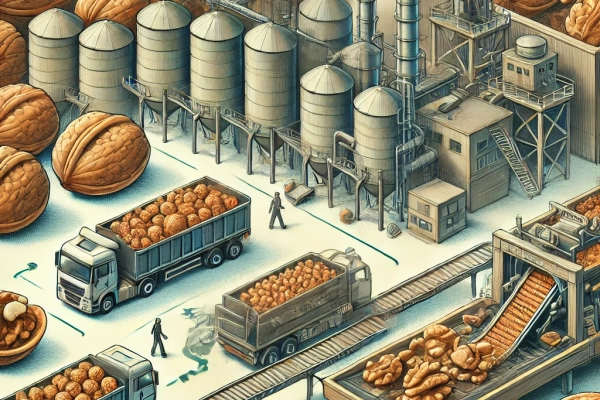
Hauling
Walnuts are retrieved from storage as needed and transported to the shelling department. Here, they undergo mechanical cracking to extract the nut meat, which serves both consumer and industrial purposes. This process is crucial for separating the edible kernel from the hard shell efficiently. Mechanized cracking ensures consistency and minimizes breakage, optimizing yield and quality for further processing or direct consumption in various culinary and industrial applications.
Husk separation
Following husk separation, walnut shells undergo screening to isolate husks from kernels. Kernels are then sorted by size and separated from shells using air pressure. The sorted kernels proceed through an automated color grading system and a shell sorter. These advanced processes ensure uniformity in size and quality of the kernels while efficiently removing any remaining shell fragments, preparing them for packaging or further processing.
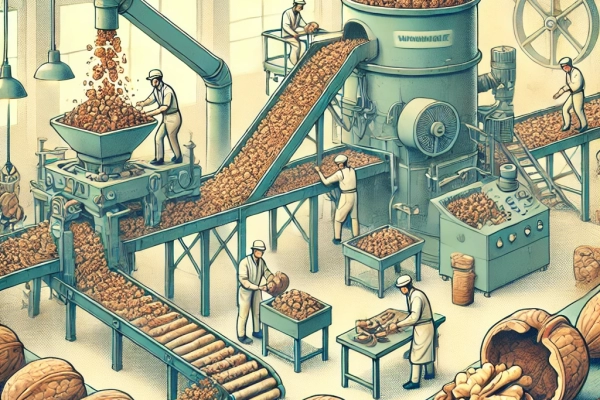
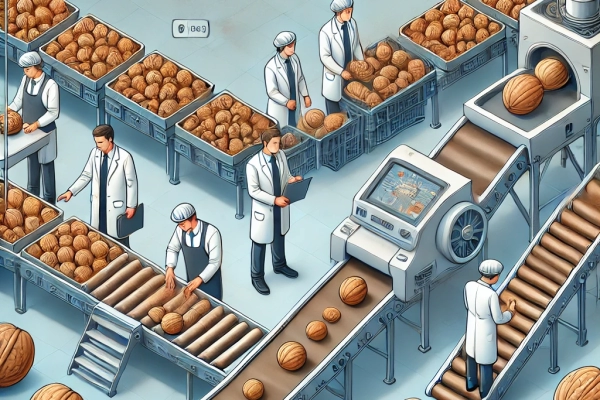
Grading (selection, inspection)
After initial grading, skilled laborers further inspect and sort walnut kernels on conveyor lines according to the standards set by organizations like BIS or FSSAI. This meticulous manual sorting ensures that only high-quality kernels meeting specified criteria are packaged and distributed to consumers. By employing skilled workers for this task, producers maintain stringent quality control measures, guaranteeing that only the finest kernels reach the market.
Packaging in different packages
Once the finished walnut kernels are confirmed to be clean, properly dried, and meet the desired color standards using a walnut color map reference, they are packaged accordingly. Depending on their grade and color, the kernels are sorted into various packages. This meticulous packaging process ensures that customers receive walnuts of consistent quality and appearance, meeting their expectations and maintaining the reputation of the brand.
